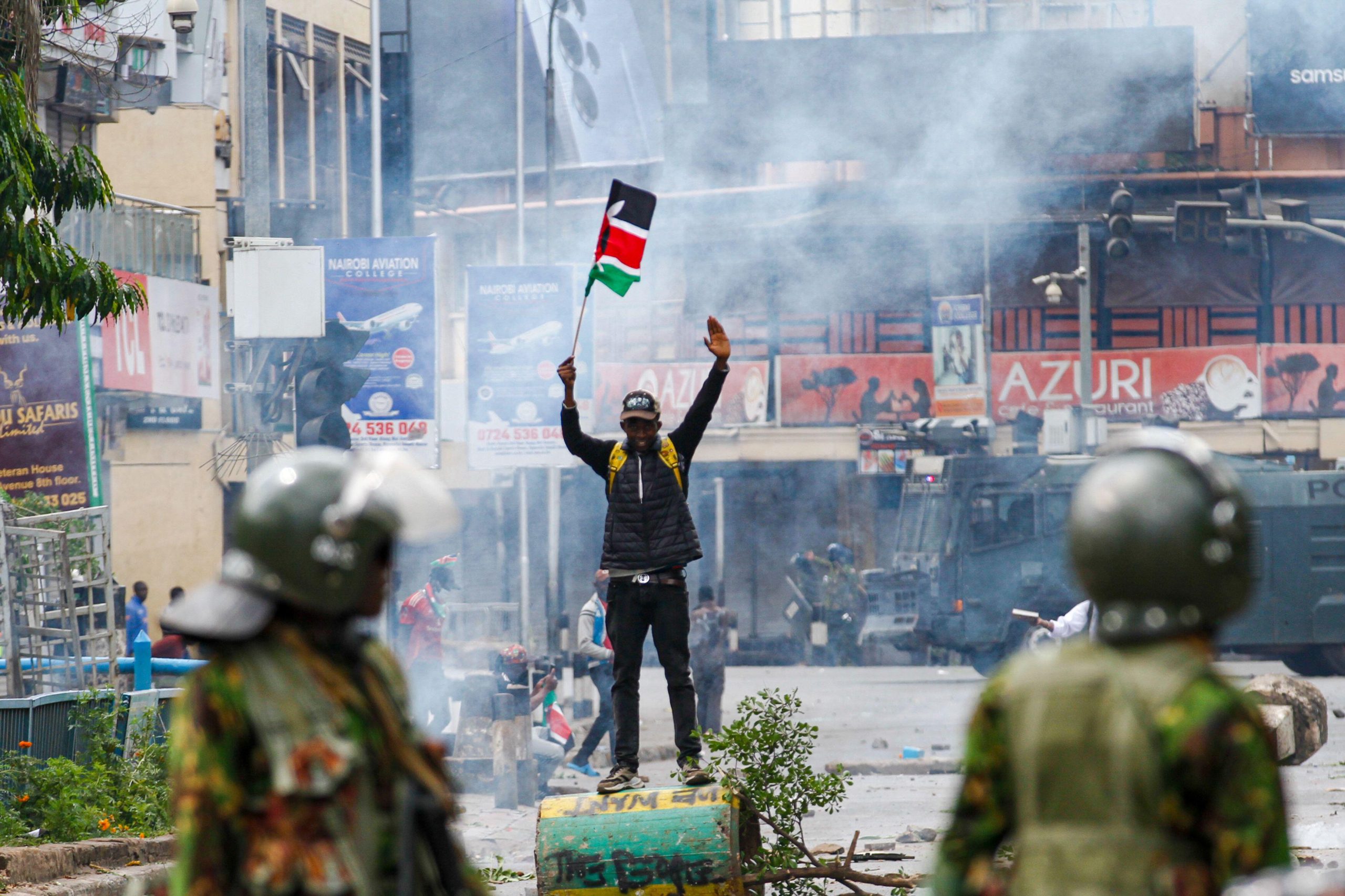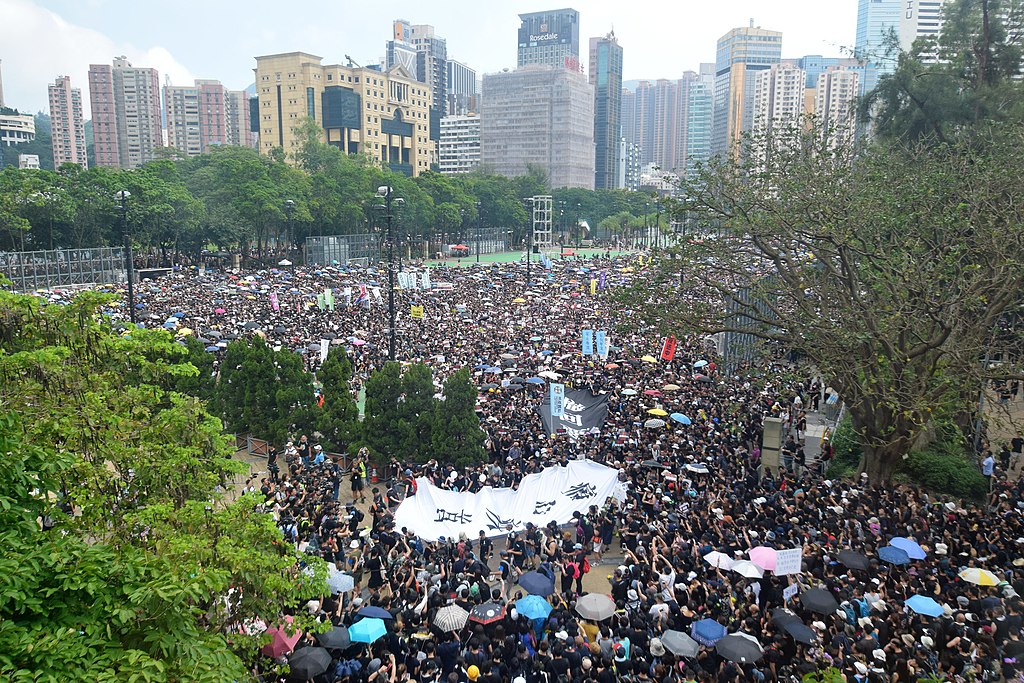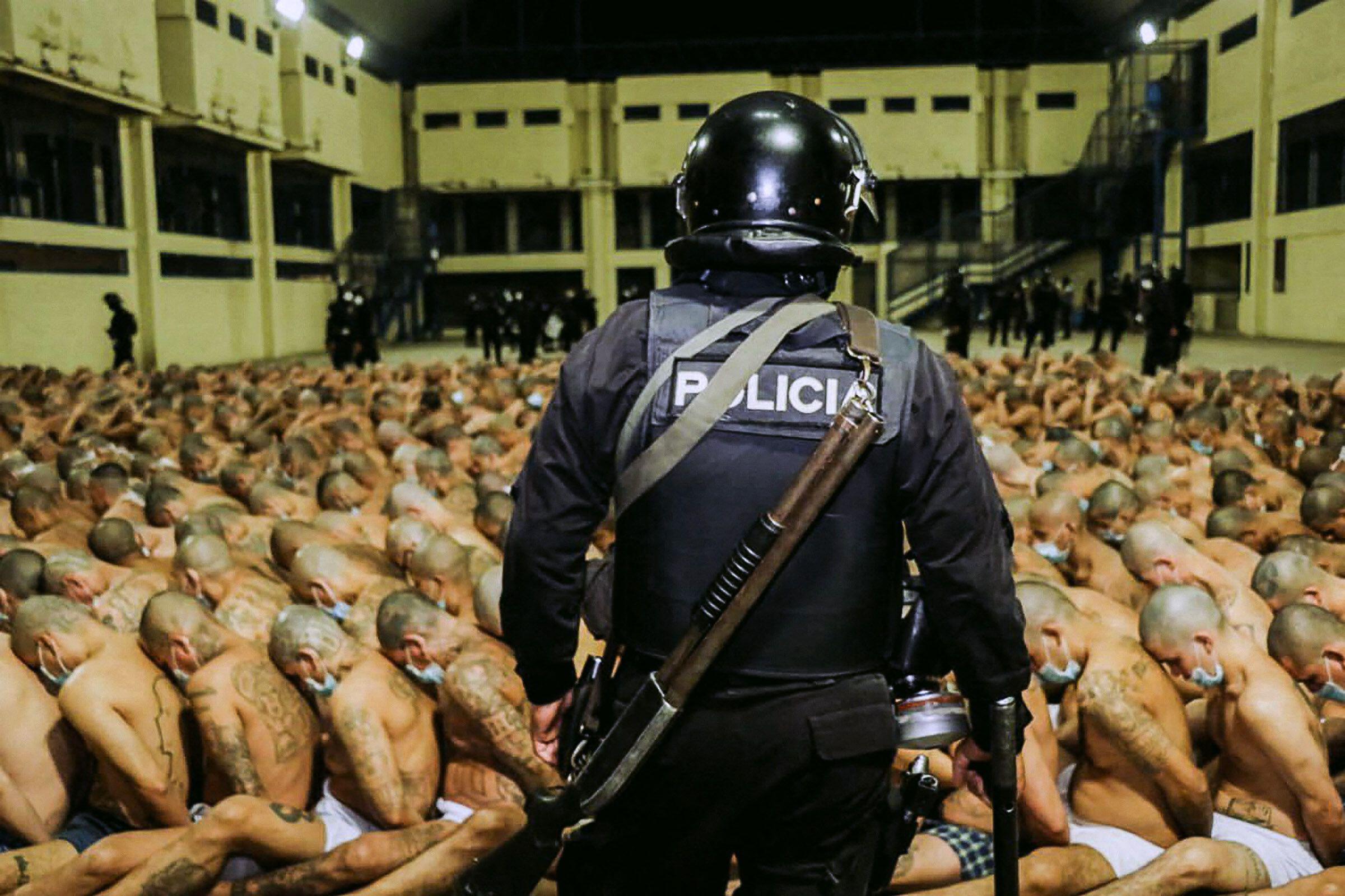Cartooning in India is starting to move beyond the constraints that have long imprisoned it, reports Sarnath Banerjee.
As India enters late capitalism after two decades of soft socialism, cartoonists find themselves needing to deal with an entirely new set of concerns. They are grappling with an ever-changing urban mythology, a fairly conservative middle-class, and a self-congratulatory media which has very little space for oblique commentary.
The Danish-style worship of individual freedom has never been a necessity for Indian cartoonists. Most of them have strived, often unsuccessfully, to create an introspective space within mainstream media. In order to safeguard a pluralistic society, minor concessions had to be made on individual freedom. Despite that, some still managed to get their ideas through, albeit by subtler means. However there is a contradictory side to this.
The big problem with our cartooning, apart from self-censorship, is that the form itself hasn’t been reinvented in over a century. The few editorial cartoonists left have become established figures. They are imprisoned in their style and are often subsumed in their institutional politics. For decades fat politicians, the rural poor and corrupt bureaucrats have been the set grammar of the form. This has made Indian cartooning a tame affair, and people have stopped expecting much from the medium.
One may argue that this web of cautiousness is what brought about cartooning’s decline. There was a brief respite when the government banned the Savita Bhabi strip cartoons. This caused a huge uproar among young Indians. The post-ban media bonanza that followed infused cartooning with fresh blood. Suddenly everybody was talking about it.
Other forms, such as graphic novels, are posing new challenges to the world of editorial cartooning. A lot of younger visual artists have happily adopted politics in their work. A handful are showing that they are not only politically informed, but also politically astute. It seems that the discursive vacuum created by the mainstream press is being filled by the art world.
I believe that Indian cartooning will see a lot of changes in the next few years. The society provides a very fertile ground for visual commentary. As the nation becomes more confident, it will become more critical and less arrogant. More people will question cosmetic nationalism. A new idiom will emerge, a local one. I will keep a careful eye on it and report as soon as it happens.
Sarnath Banerjee is an Indian graphic novelist, artist and filmmaker. His novels include Corridor and The Barn Owl’s Wondrous Capers. He was one of the speakers at the Battle of Ideas festival debate on political cartoons on 22 October.






